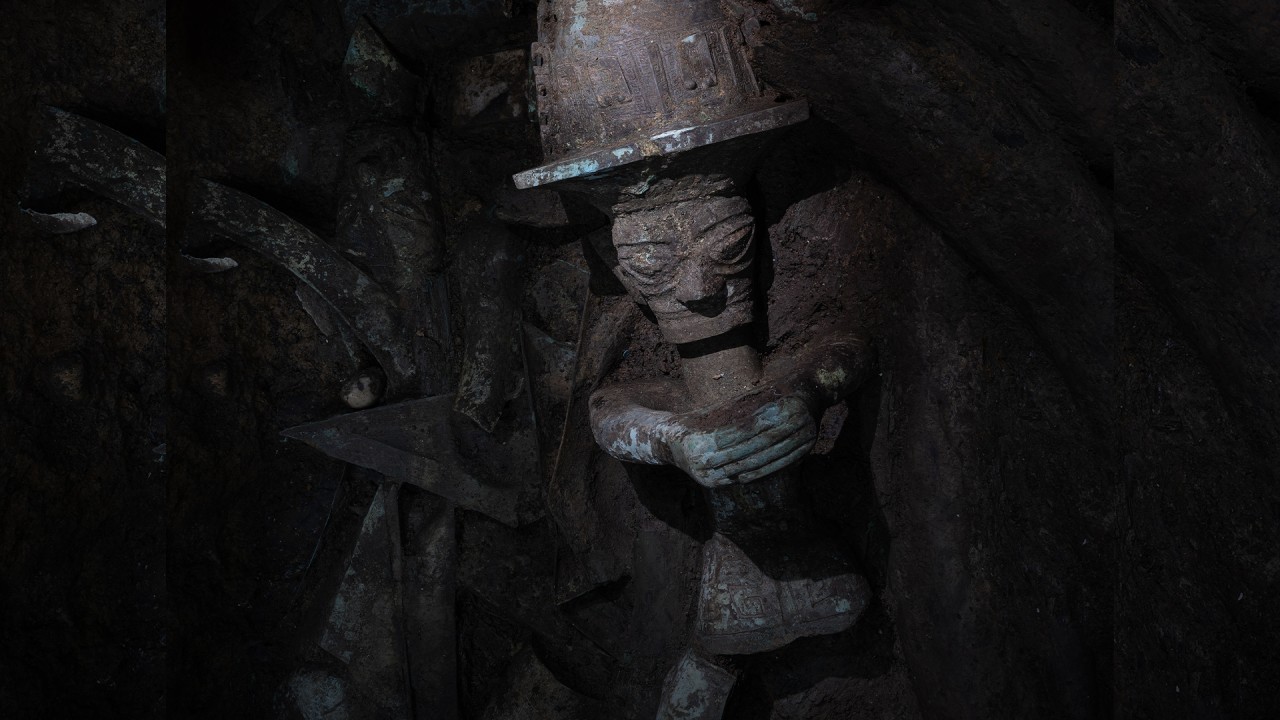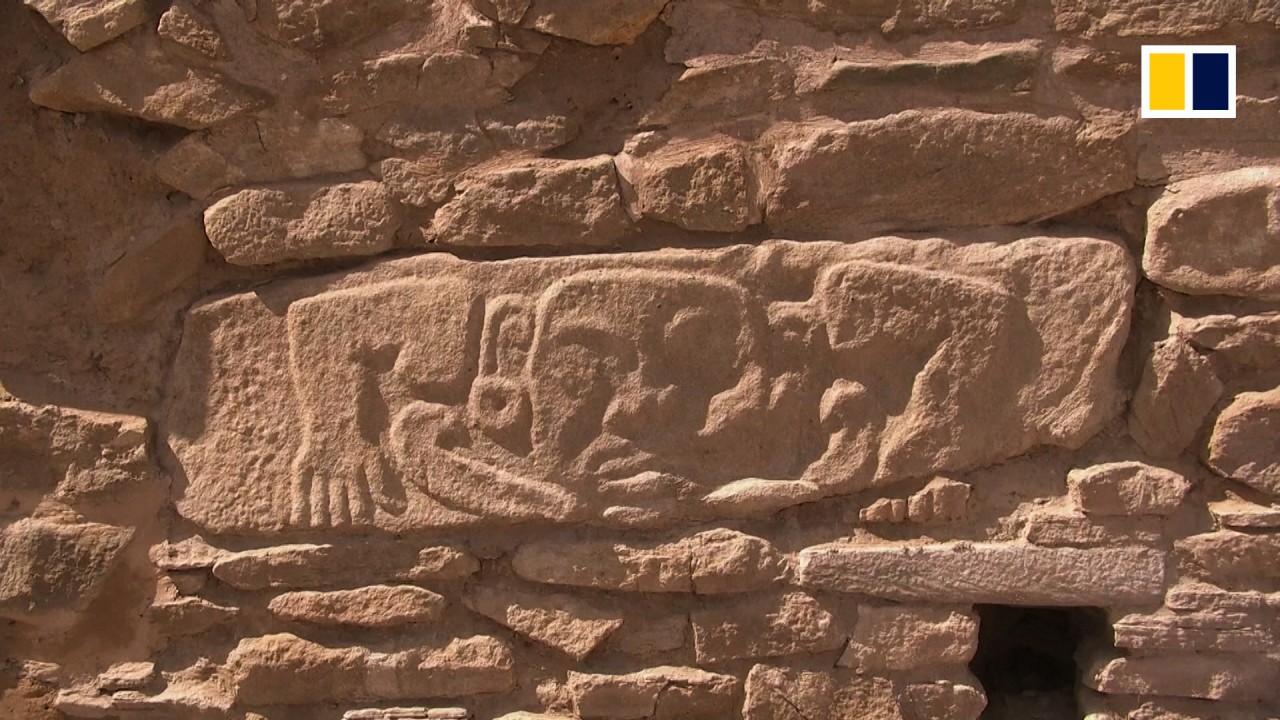Modern languages ranging from Japanese and Korean to Turkish and Mongolian may share a common ancestor from ancient China around 9,000 years ago, according to a new study.
An international team of researchers said languages from the Transeurasian family, also known as Altaic, could be traced back to early millet farmers in the Liao valley in what is now northeast China and its spread was driven by agriculture.
The origins and degree to which the five groups that make up the Transeurasian family are related has long been an area of contention among scholars, but the team said that recent studies “have shown a reliable core of evidence” supporting the theory that they emerged from a common ancestor.
Based on genetic and archaeological evidence as well as linguistic analysis, the researchers said the languages spread north and west into Siberia and the steppes, and east into Korea and Japan as the farmers moved across northeast Asia – a conclusion that challenges the traditional “pastoralist hypothesis” which proposed the dispersal was led by nomads as they migrated away from the eastern steppe.
Sinitic languages – which include modern forms of Chinese such as Mandarin and Cantonese – have a different origin.
“Accepting that the roots of one’s language – and to an extent one’s culture – lie beyond present national boundaries can require a kind of reorientation of identity, and this is not always an easy step for people to take,” lead author and comparative linguist Martine Robbeets said.
“But the science of human history shows us that the history of all languages, cultures and peoples is one of extended interaction and mixture,” the leader of the archaeolinguistic research group at the Max Planck Institute for the Science of Human History in Germany said.
The researchers from Britain, China, the Czech Republic, France, Germany, Japan, New Zealand, South Korea, Russia, the Netherlands and the United States published their findings in the journal Nature on Wednesday.
“The linguistic relatedness of the Transeurasian languages – also known as ‘Altaic’ – is among the most disputed issues in linguistic prehistory,” the team said, referring to the language family that is spread all across Eurasia, from Japan, Korea and Siberia in the east to Turkey in the west.
04:27
Ancient Sanxingdui culture challenges traditional narrative of Chinese civilisation
“The question of whether these five groups [Japonic, Koreanic, Tungusic, Mongolic and Turkic] descend from a single common ancestor has been the topic of a long-standing debate between supporters of inheritance and borrowing.
“A key problem is the relationship between linguistic dispersals, agricultural expansions and population movements.”
The study concluded that Transeurasian languages share a common ancestry which “has been masked by extensive cultural interaction since the Bronze Age”.
The researchers said a data set representing more than 250 vocabulary concepts in 98 languages showed the roots of the language family reaching back 9,181 years to millet farmers living in the region of the West Liao River.
They said a small core of inherited words relating to land cultivation, such as “field”, “sow”, “plant” and “grow”, as well as mentions of millet but not rice or other crops, support their farming hypothesis.
Meanwhile, the team’s archaeological analysis focused on the West Liao basin, where the farming of broomcorn millet started about 9,000 years ago.
They identified a cluster of Neolithic cultures in the river basin, from which two millet-farming cultures emerged – the Korean Chulman branch and a branch of cultures covering the Amur, Primorye and Liaodong areas.
A further analysis found a relationship between Bronze Age sites in the West Liao area and Mumun sites in Korea and Yayoi sites in Japan, showing that rice and wheat farming had been introduced to the Liaodong-Shandong area before spreading to the Korean peninsula in the early Bronze Age and from there to Japan around 3,000 years ago.
00:54
Stone-age beast carvings found at Chinese Neolithic site
Meanwhile, their genetic analysis identified a common genetic component called “Amur-like ancestry” among all speakers of Transeurasian languages, and reported a collection of ancient genomes from Korea, the Ryukyu Islands and early cereal farmers in Japan
“By advancing new evidence from ancient DNA, our research thus confirms recent findings that Japanese and Korean populations have West Liao River ancestry, whereas it contradicts previous claims that there is no genetic correlate of the Transeurasian language family,” the researchers said.





